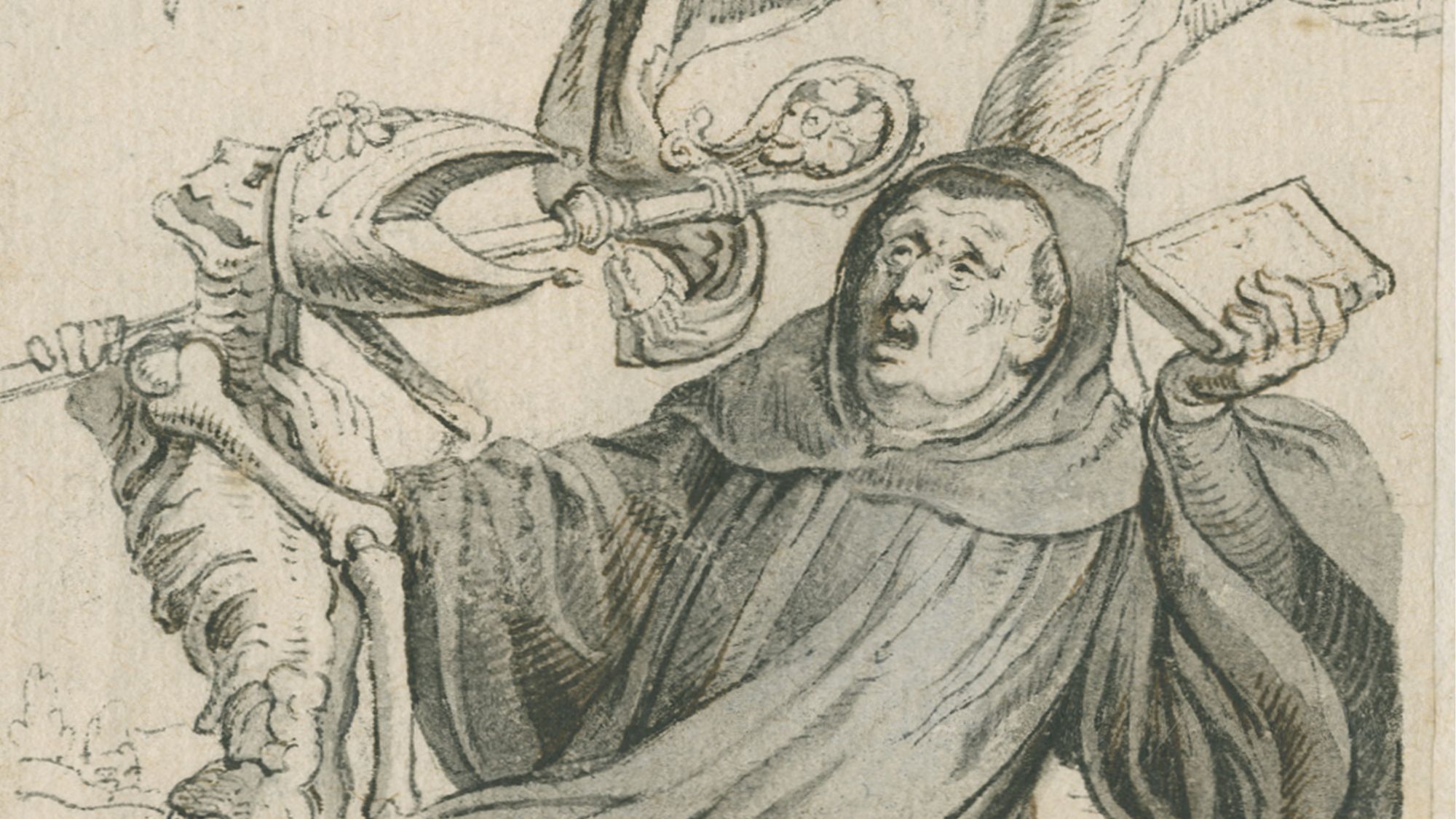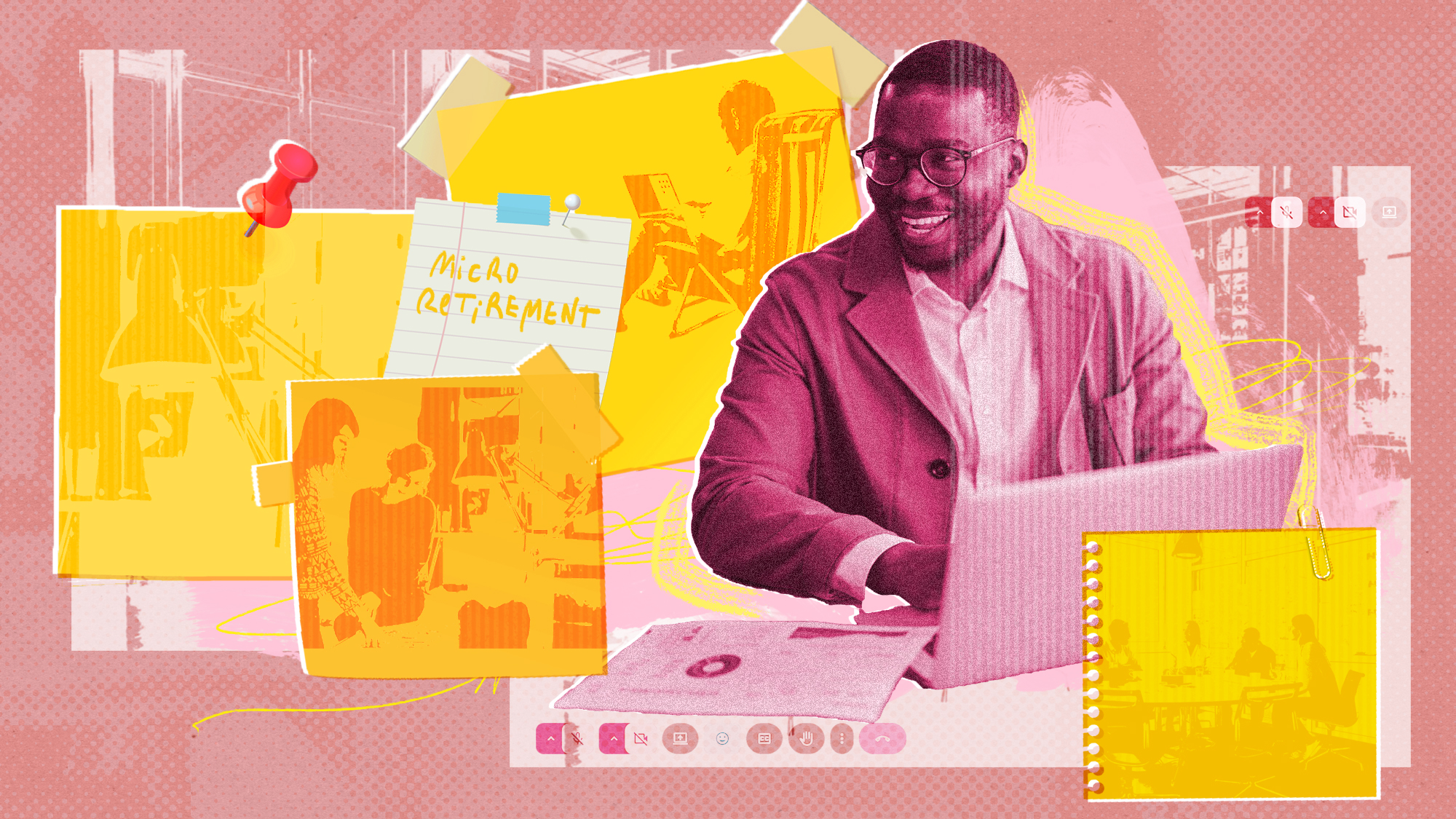Bruegel to Rubens: a rare opportunity to see 'outstanding' art
Great Flemish Drawings exhibition examines 16th and 17th century Flemish drawings

Between them, Antwerp's Museum Plantin-Moretus and the Ashmolean in Oxford own some of the most "outstanding" holdings of 16th and 17th century Flemish drawings, said Jackie Wullschläger in the FT.
Including masterpieces by the likes of Pieter Bruegel the Elder, Anthony van Dyck and Peter Paul Rubens, the museums' respective collections of these works stretch to the hundreds. The two institutions have pooled their resources to stage a joint display of the "crème de la crème" – many of which have never been shown in public. First presented in Antwerp, the show has now travelled to Oxford, and marks the first time the Ashmolean has dedicated an event to its Flemish works. Bringing together more than 100 drawings from both museums, plus some exquisite loans, the result is an exhibition in which "exuberance bursts from every sheet". It celebrates a moment when a "distinctive" Flemish cultural identity, "outward-bound, built on flourishing trade and scientific inquiry", was formed.
There's a lot of "sex and violence in this entertaining exhibition", said Alastair Sooke in The Telegraph. We see "a brutish torturer" extracting a martyr's teeth with pliers; "inebriated, lusty peasants" dancing "whirligig jigs"; a "group of half-naked and ecstatic women and girls" sacrificing an ass; and Neptune groping a virgin's breast. There are surprises at every turn, and many of the highlights come from the hand of anonymous or unfamiliar artists. One depicts a "glistening" earthworm "seemingly slithering across a paper sheet". Elsewhere, the little-known Jan Siberechts studies "an old gnarled oak, bulging with orifice-like lumps and surreal bumps". The wall texts, by contrast, are sober, focusing on artistic technique, compositional studies, vellum, blue laid paper and the like. It's all very educational, although arguably it "doesn't really capture the lively, curious spirit everywhere on display".
The Week
Escape your echo chamber. Get the facts behind the news, plus analysis from multiple perspectives.

Sign up for The Week's Free Newsletters
From our morning news briefing to a weekly Good News Newsletter, get the best of The Week delivered directly to your inbox.
From our morning news briefing to a weekly Good News Newsletter, get the best of The Week delivered directly to your inbox.
There are so many highlights here that it hardly matters, said Laura Cumming in The Observer. Bruegel's contributions do not disappoint: a 1554 ink landscape gives us "hasy summer trees" and "a cow turning its head placidly" as if "interrupted chewing the cud". A later etching of one of his drawings provides the show's most "irreducibly weird" moment, depicting the temptations of St Anthony spilling forth from a giant head: "men emptying pots from the mouth, a heron pecking hungrily at one eye".
Elsewhere, Johannes Fijt pictures a dog "bristling across a page of tinted watercolour as if in pursuit of a disappearing cat", while Rubens thrills with two dozen pictures, among them a portrait of the Earl of Arundel that records its subject "eyelash by tendril by whisker by hair". Most of these drawings are too "fragile" to be shown on permanent public display. Do not miss this rare opportunity to see them.
Ashmolean Museum, Oxford (ashmolean.org). Until 23 June
Sign up to The Week's Culture & Life newsletter for reviews and recommendations
A free daily email with the biggest news stories of the day – and the best features from TheWeek.com
-
 ‘One Battle After Another’ wins Critics Choice honors
‘One Battle After Another’ wins Critics Choice honorsSpeed Read Paul Thomas Anderson’s latest film, which stars Leonardo DiCaprio, won best picture at the 31st Critics Choice Awards
-
 Iran’s government rocked by protests
Iran’s government rocked by protestsSpeed Read The death toll from protests sparked by the collapse of Iran’s currency has reached at least 19
-
 Trump says US ‘in charge’ of Venezuela after Maduro grab
Trump says US ‘in charge’ of Venezuela after Maduro grabSpeed Read The American president claims the US will ‘run’ Venezuela for an unspecified amount of time, contradicting a statement from Secretary of State Marco Rubio
-
 ‘One Battle After Another’ wins Critics Choice honors
‘One Battle After Another’ wins Critics Choice honorsSpeed Read Paul Thomas Anderson’s latest film, which stars Leonardo DiCaprio, won best picture at the 31st Critics Choice Awards
-
 The best alcohol-free alternatives for Dry January
The best alcohol-free alternatives for Dry JanuaryThe Week Recommends Whether emerging from a boozy Christmas, or seeking a change in 2026, here are some of the best non-alcoholic beers, wines and spirits to enjoy
-
 The ultimate films of 2025 by genre
The ultimate films of 2025 by genreThe Week Recommends From comedies to thrillers, documentaries to animations, 2025 featured some unforgettable film moments
-
 Into the Woods: a ‘hypnotic’ production
Into the Woods: a ‘hypnotic’ productionThe Week Recommends Jordan Fein’s revival of the much-loved Stephen Sondheim musical is ‘sharp, propulsive and often very funny’
-
 8 incredible destinations to visit in 2026
8 incredible destinations to visit in 2026The Week Recommends Now is the time to explore Botswana, Mongolia and Sardinia
-
 13 Gen Z workplace terms and phrases
13 Gen Z workplace terms and phrasesin depth From ‘quiet firing’ to ‘resenteeism,’ there are clues about why employers and employees in America are having such a sad time
-
 The 8 best comedy movies of 2025
The 8 best comedy movies of 2025the week recommends Filmmakers find laughs in both familiar set-ups and hopeless places
-
 The best drama TV series of 2025
The best drama TV series of 2025the week recommends From the horrors of death to the hive-mind apocalypse, TV is far from out of great ideas